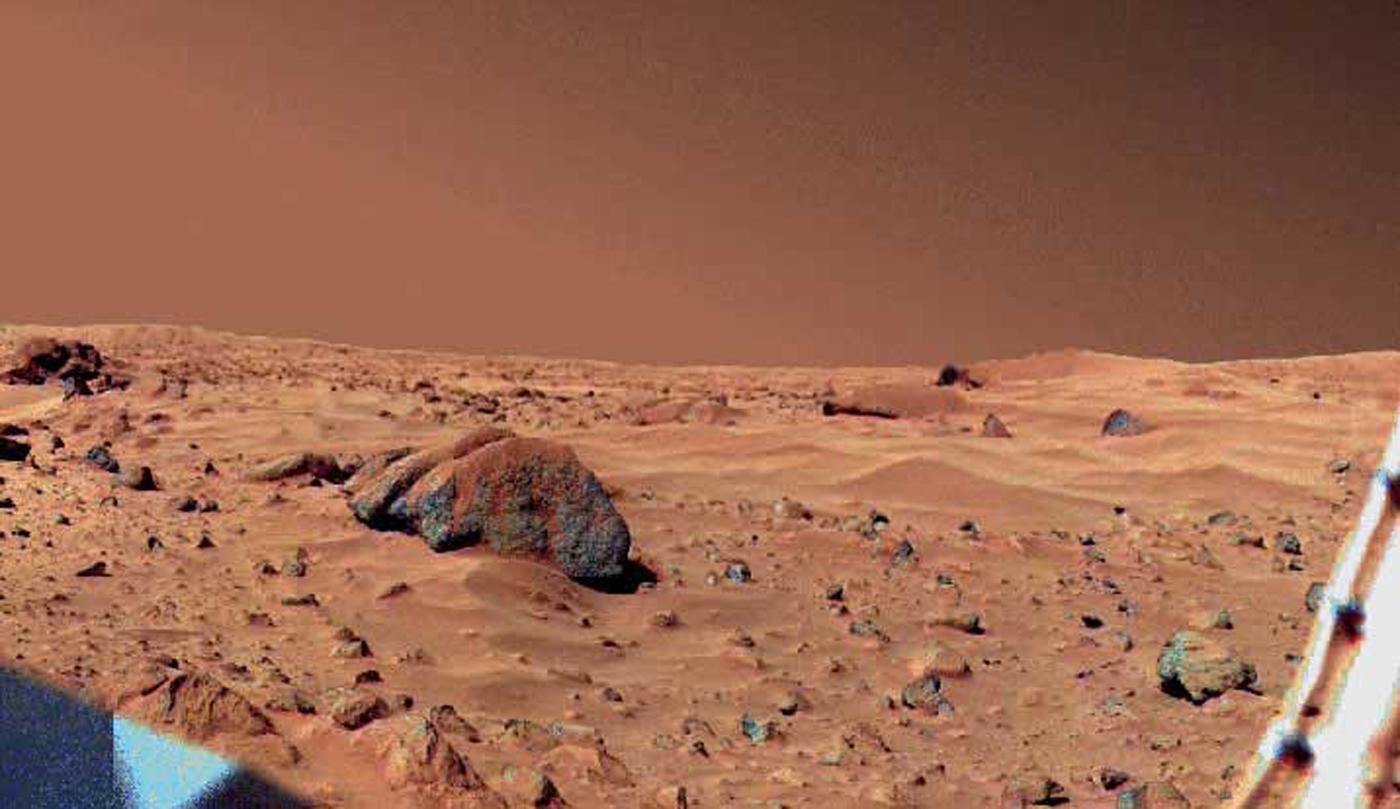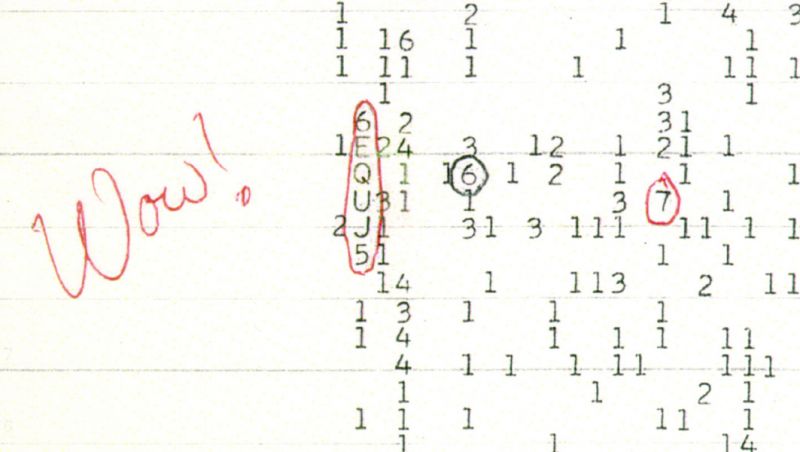Up to now, the Mars missions weren't looking for life. But because of their groundwork, we are ready to start the search.

Forty years ago, Viking 1 landed on the western slope of Chryse Planitia on Mars. The first spacecraft of two in this twin mission entered Mars’ orbit on June 19, 1976. The lander separated from the orbiter on July 20 08:51 UTC, and landed at 11:53:06 UTC. It was followed by Viking 2, which safely landed at Utopia Planitia on September 3.
While Mars had appeared almost moon-like in the first orbital images returned during the flyby of Mariner 4 in 1965, its stunning geological diversity was revealed six years later by Mariner 9, when the opaque curtain of a global dust storm finally receded. We then discovered volcanoes and ancient lava flows, dry river beds and lakes, vast plains, and polar caps for the first time on another world. As the Martians and canals of Percival Lowell were forever exiled to the realm of myth, planetary exploration was entering a new era: searching for evidence of habitability and life beyond Earth.
The tens of thousands of images from the Viking mission became the foundation for understanding what early Mars could have been. They remained essential until the next generation of orbiters was launched 20 years later. But, aside from the remarkable images, the Viking mission has stayed in the popular imagination because of the three biological experiments it carried, and more specifically because of the lack of a definitive answer produced by them.
Beyond the debate, Viking taught a generation of scientists a fundamental lesson that is driving today’s exploration: The search for life cannot be separated from the understanding of the environment. Earth showed us that life and environment co-evolved for over 4 billion years. Even if early Mars appeared Earth-like, it never was like the Earth, and in 1976, we did not know much about the evolution of Mars. That was about to change.
The integrated exploration program that followed in the next 40 years was designed to be a step-by-step tutorial on exactly that: Mars Global Surveyor (1997) taught us about the geological history of Mars. Meanwhile, engineers were learning how to land using airbags with Pathfinder (1997). Mars Odyssey (2001) aimed at understanding past and present climate on Mars. With those data in hand, we landed a series of rovers in Gusev crater, Meridiani Planum, and Gale crater to finally search for evidence of early habitability, and we found it. Mars Reconnaissance Orbiter, Mars Express, MOM, and MAVEN continue to complete the environmental picture for us.
Although Viking put to rest the myth of canals and Martians, it actually created another one. In many people’s mind, we have been searching for life on Mars without success for the 40 years since Viking, when in fact, none of the missions that followed were designed to do that, and never attempted to do that. They were about doing our homework about the evolution of the Martian geology, climate, and environment.
Today, we might finally be ready because we have a much better understanding of the planet’s history and evolution. This is why, four years from now, NASA and ESA will launch two missions, Mars2020 and Mars Express, and for the first time in 40 years, we will be searching for evidence of life on early Mars.





